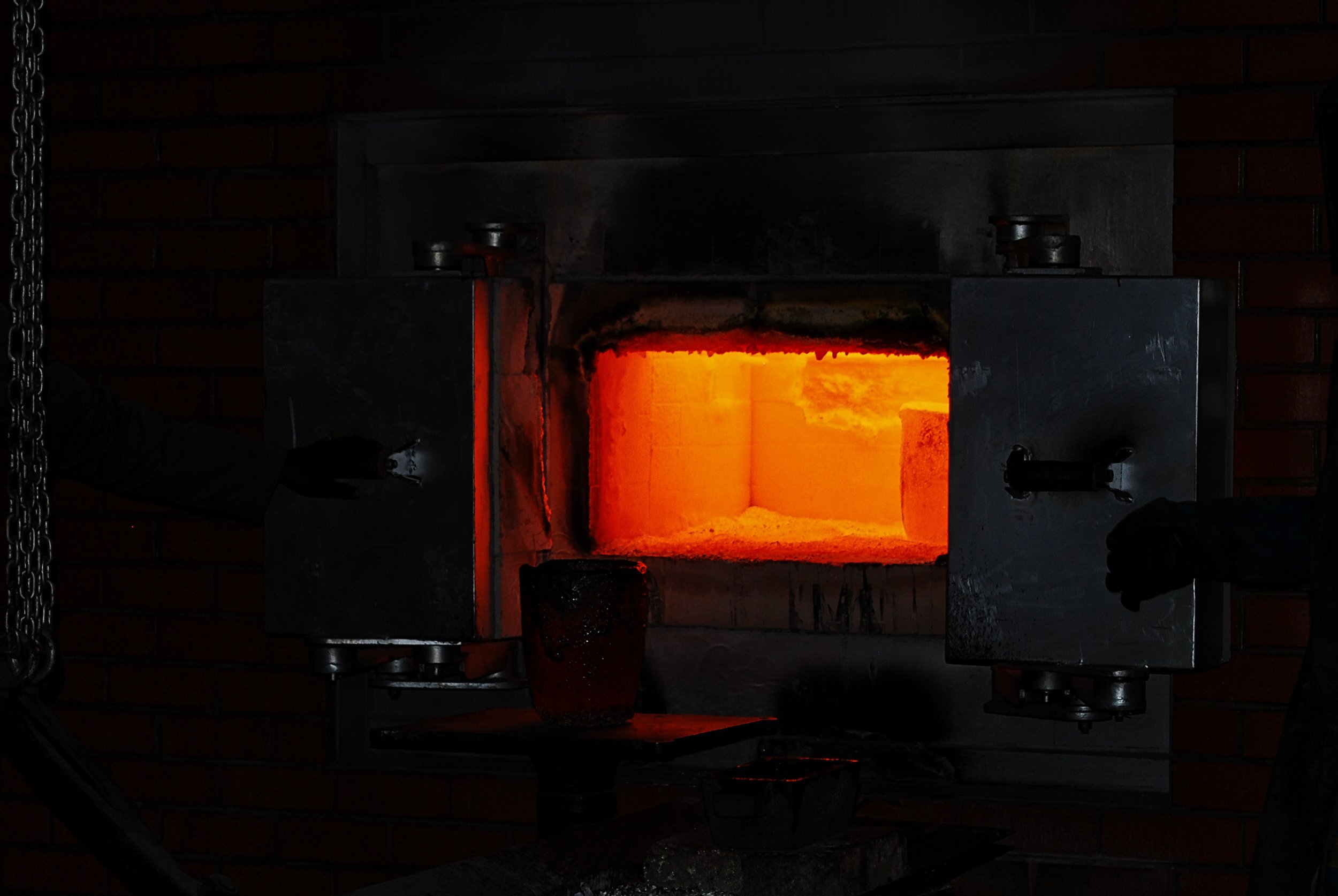The Fascinating History Behind Damascus or Pattern Welded Steel
Welcome to Flames and Blades: A Blog for Blacksmith and Bladesmith Enthusiasts. Each week, sixth generation blacksmith Jacob Phillips shares a little bit of knowledge and history. New articles arrive on Tuesdays and can be found at Jacob’s website or here on BDF. Check back each week for Jacob’s latest article!
Damascus steel, also known as pattern welded steel, is a type of steel that has a unique, wavy pattern on its surface. This steel has been used for centuries to create some of the most beautiful and durable weapons and tools in history. But where did this steel come from, and how was it made?
The Origins of Damascus Steel
The origins of Damascus steel are shrouded in mystery. Some historians believe that the steel was first made in India over 2,000 years ago, while others claim that it was invented in the Middle East during the Islamic Golden Age. Regardless of its origins, Damascus steel quickly became highly prized for its strength, durability, and beauty.
RELATED: FORGE WELDING TECHNIQUES EXPLAINED- DAMASCUS
The Making of Damascus Steel
Damascus steel is made by forge welding two or more different types of steel together. The steel is then heated, hammered, and folded repeatedly to create the unique, wavy pattern on its surface. This process not only creates a beautiful pattern, but it also gives the steel its strength and durability.
One of the keys to making Damascus steel is the quality of the steel used. The best Damascus steel is made from high-quality, high-carbon steel and a low-carbon iron. The steel is heated to a high temperature and then quenched in water or oil to create a hard, durable surface.
The Decline of Damascus Steel
Despite its popularity, Damascus steel fell out of favor in the 18th century. This was due in part to the rise of industrial steel production, which made it easier and cheaper to produce large quantities of steel. However, there were also rumors that the steel was made using secret, mystical techniques that were lost to time.
The Rediscovery of Damascus Steel
In the 20th century, a number of blacksmiths and metallurgists began to experiment with the process of making Damascus steel. Using modern techniques and tools, they were able to recreate the unique pattern and properties of the steel. Today, Damascus steel is once again highly prized for its beauty and durability, and it is used to create a wide range of knives, swords, and other tools.
RELATED: THE ART OF BLADESMITHING
The history of Damascus steel is a fascinating one. From its mysterious origins to its decline and rediscovery, this steel has played an important role in human history. Whether you are a collector, a blacksmith, or simply someone who appreciates the beauty and craftsmanship of fine steel, Damascus steel is a material that is sure to fascinate and inspire.
This article is posted in partnership with Six-Gen Forge. Interested in reading more articles from Flames and Blades? Check out more blog posts here! New posts come out every Tuesday!
About The Author
More Flames and Blades











